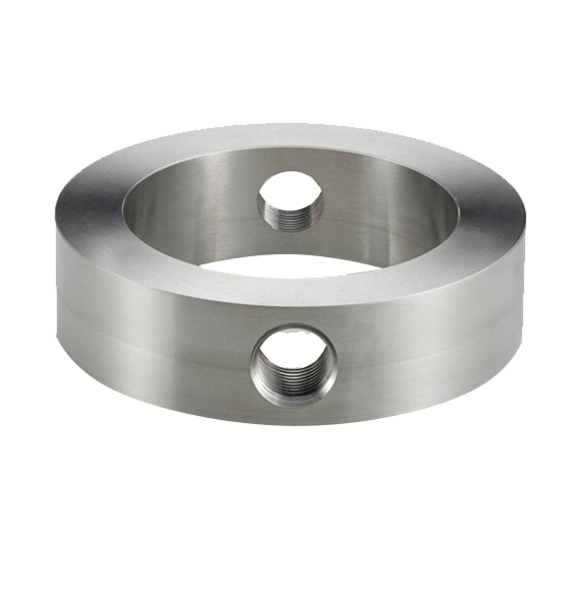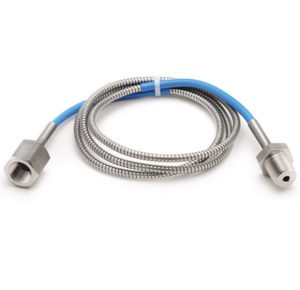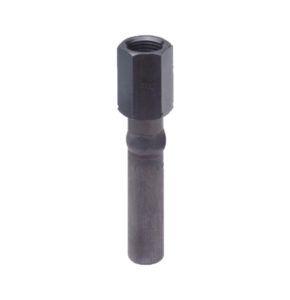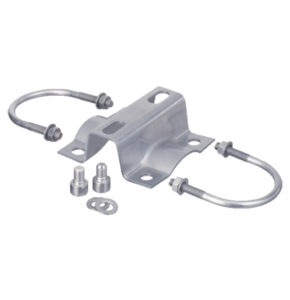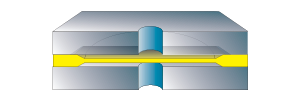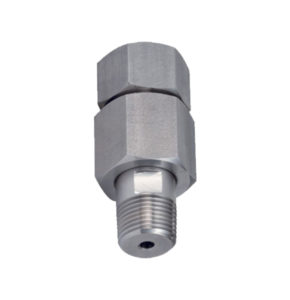

Flushing Ring
Flushing Ring
The Ashcroft® flushing ring is providing flushing connection for flush flanged or sandwich type diaphragm seals.
Features & Properties
Use & Application
Downloads
Features & Properties
Use & Application
The Flushing ring is ideal where flanged diaphragm seals are used in combination with sticky process media:
Process Market:
- Oil and Gas
- Refineries
- Chemical and Petrochemical
- Water and Wastewater
Process Applications:
- Biogas and Biodiesel
Downloads
The Ashcroft® FR flushing ring provides a process flushing option for flush flanged diaphragm seals. It can be used to flush, sample, or vent process when used with isolating valves.
Key Features
Selection of wetted materials
Provides a process flushing option for flush flanged diaphragm seals
NACE compliant (optional)
Can be used to flush, sample, or vent process when used with isolating valves
Material certificates to EN 10204:2004 3.1
Markets & Applications
Chemical and Petrochemical
Energy
Oil and Gas
Pulp and Paper
Machine Automation
Hydrogen and Technical Gases
Pumps and Compressors
- Specifications
- Downloads
Process Connection Style
Flange according to ASME B16.5
Flange according to EN 1092-1
Pressure Rating
PN10 ... PN400
150 ... 2500 lbs.
Wetted Parts Material
Duplex
Inconel
Stainless steel 904L (1.4539)
Hastelloy B
Stainless steel 316L (1.4404)
Monel
Hastelloy C
Process Connection Size
1" ... 4"
DN25 ... DN100
- Category: Accessories others
We’re glad to be there for you personally.
Siamo personalmente a vostra disposizione!
Nous sommes personnellement là pour vous.
Şahsen yanınızda olmaktan mutluluk duyuyoruz.
We zijn blij dat we er persoonlijk voor u kunnen zijn.
Wir sind persönlich für Sie da!
Siamo personalmente a vostra disposizione!
Nous sommes personnellement là pour vous!
Select your Region!

